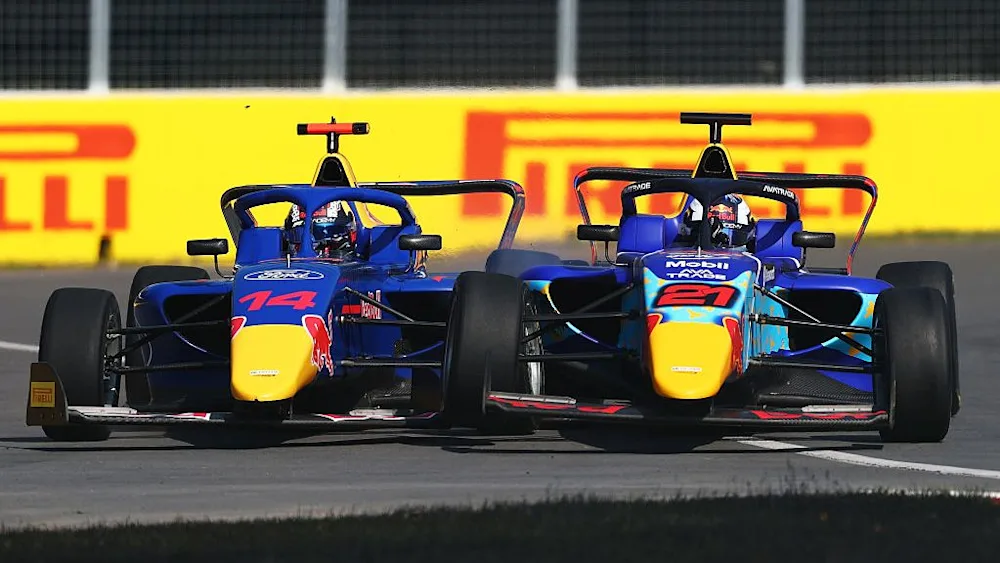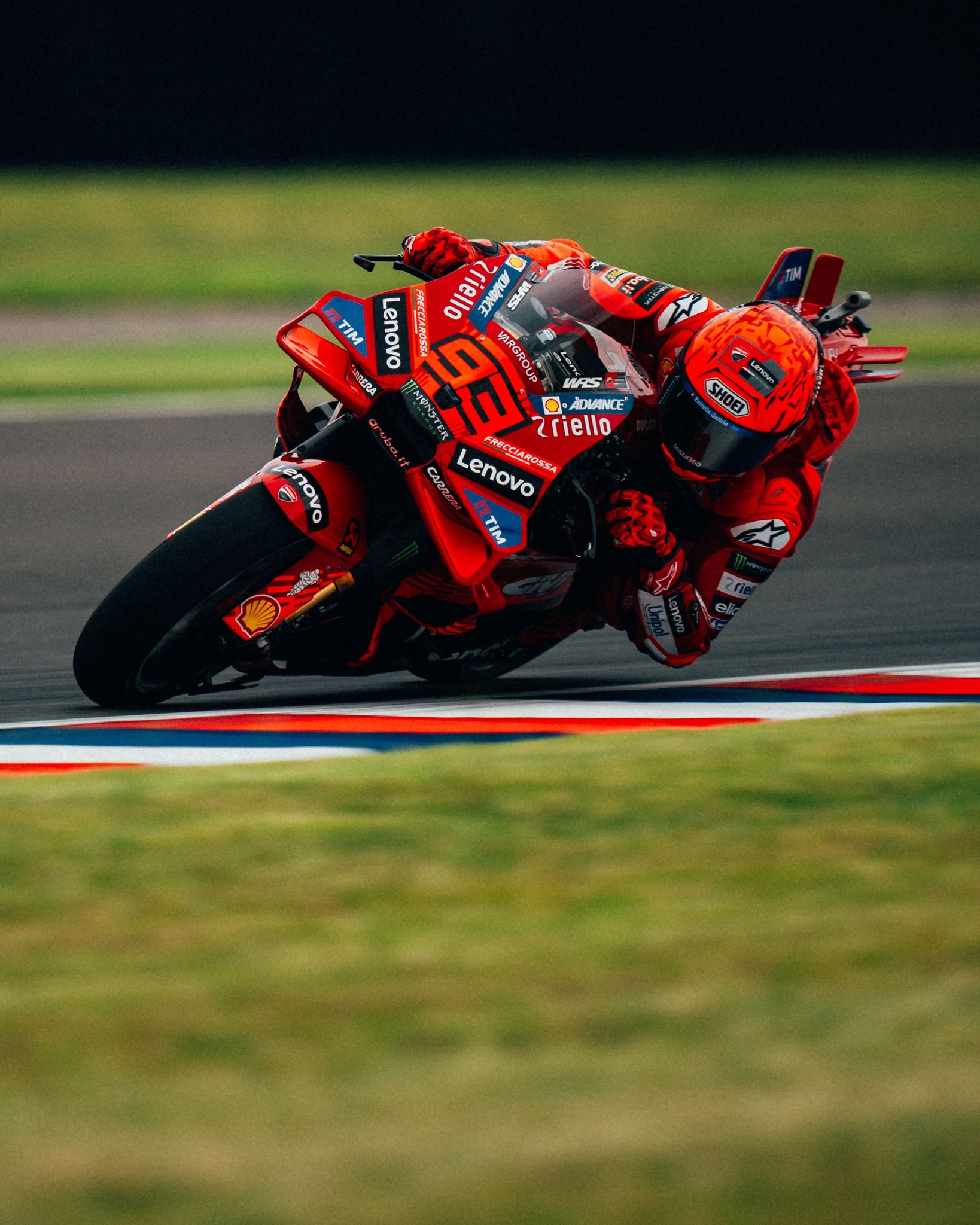Formula 4: The price of a dream
- Lorenzo Baer
- Jun 27
- 8 min read
Written by Lorenzo Baer, Edited by Gabriel Tsui

The beginning of a career in motorsport can present several obstacles, especially for pilots with little financial support and economic backing. The leap from karting to Formula 4 has proven to be one of the most difficult for drivers in this situation, and with the increasingly heavy monetary demands, great talents are lost in the pursuit of motorsport stardom.
Soaring costs and the grassroots formula scene
The beginnings of Formula 4 can be traced back to the Fédération Internationale de l'Automobile (FIA) weak response to the proliferation of decentralised low-powered single-seater championships, such as Formula Campus and Formula Renault 2.0 in the late 1990s and early 2000s.
It would be more than a decade before the institution finally regained control of the situation, when the FIA launched the Global Pathway from Karting to Formula One project in 2013, a policy of integrating single-seater open-wheeler motor racing, involving everything from the base of the pyramid to the top of the sport's disciplines.
One of the most important points of the Pathway was the creation of a new category, known as F4, which would fill the gap between the various micro-regional categories and those that already made up the single-seater motorsport ladder.
In more than ten years of F4's existence, the category is currently considered as an almost indispensable springboard for any driver who wishes to pursue a career in the sport, with more than 25 F4 tournaments being currently (2025) held, spread across the Americas, Africa, Asia, Oceania and Europe.
The latter is where the most prestigious and, consequently, most competitive championships in the discipline are held, and where the main emerging talents in motorsport meet.
However, the European F4 tournaments are not all about talent. As in recent years, the championships in this continent have become real money machines, with exponential growth in budgets and revenues for teams competing for F4 titles.
On the other side of the spectrum are the dreams of hundreds of young talents, who see the chance of becoming a professional driver become increasingly slim, due to the soaring costs. To illustrate this, DIVEBOMB Motorsport have compiled recent price-tags and values of some of the main F4 tournaments around the continent.
France

The French F4 Championship (also known as FFSA Academy) is one of the most transparent when it comes to values, mainly because the tournament is managed exclusively by the Fédération Française du Sport Automobile (FFSA) itself, without the support of private companies.
For example, according to official data from the institution, the cost to participate in the 2025 French F4 is settled in £146,500 (€174,600); this amount includes rights to participate in the 18 races of the season, participation in two test days, provision of the car to participate in the season (Mygale M21-F4), and provision of the racing suit and official clothing for the driver.
In addition, FFSA also offers access to the official receptive areas of the institution around France for the accredited drivers, and exclusive internships at the FFSA Academy in Le Mans.
The package offers one of the most attractive cost-benefit ratios of all the major championships in the category in the world, which leads many young talents to choose to follow the path of the French F4. However, there is a catch, or better, a small observation, that is attached to the project.
Given the much more affordable prices and the centralized allocation system of the FFSA, which ensures a certain organization in the structure of the tournament, the championship is one of the most disputed in terms of proportion between inscriptions and real number of seats per season.
Therefore, the FFSA chooses to carry out a selection process prior to each new season to choose the 30 drivers who will compete in the upcoming tournament.
The rigorous series of tests involves a pre-selection of candidates based on CVs (which involves screening the driver's personal and financial capabilities), with the ones chosen progressing to a new phase that involves practical tests in the category’s cars.
Despite the fixed £146,500 tax, the FFSA makes it clear that this amount is only a basis for the tournament, as private training sessions and other extra services can be contracted additionally with the institution, exponentially increasing a driver's bill in the category.
Great Britain

As one of the most traditional bases of European motorsport, Great Britain remains a top destination for young drivers. F4, which was established in the country in 2015, replacing the old Formula Ford, has proven to be a magnet for talents, who come to the land of the royalty in search of a solid base for development in the sport.
However, despite the success of the F4 British Championship, with the 2025 edition attracting 26 entries, the tournament is recognized as one of the most expensive in the category - which means that many drivers are unable to compete in all the legs of the competition.
According to Motorsport UK, the tournament organizer, the initial bid for any candidate in the category is £25,400 (€30,200) + VAT, an amount that only covers Championship Registration and entry fees.
According to the institution, the contribution includes the following services: 160 minutes of track time from Friday testing to qualifying and an entry in all races of the season, access to Motorsport UK elite Academy coaches, lounges and third-party services throughout the championship, FIA homologated British F4 race suit and accreditation and recognition of the driver's participation in a project of the institution.
Although the initial amount may seem affordable, it is worth noting that this contribution is only due for registration in the tournament, with Motorsport UK itself stating that the payment of such fees does not guarantee a driver a place in the competition.
Each driver is responsible for establishing a contract with a team that will compete in the competition, so that their position can be definitively officialized.
Eight teams have been homologated for the 2025 F4 British Championship, and, although the contracts between drivers and teams are closely guarded, there are some speculations about the amounts charged.
From the little known data available publicly, a season-long contract for a team at the back of the pack is roughly £100,000 to £150,000 (€119,000-179,000), while teams with a better chance of winning can charge up to £300,000 (€357,000) for a seat.
Due to these prices, many young drivers have chosen to follow alternative paths within the UK itself, such as GB4, the alter-ego of the F4 British Championship.
Because of looser regulations in GB4 (since it's not a FIA sanctioned series), it offers much more attractive seat packages, for different sizes of pockets: around £60,000 for a privateer to £120,000 to £150,000 in a professional team.
Spain

Another country that has proven to be one of the hotspots for young rising stars in motorsport, Spain is among the few nations that has multiple FIA-sanctioned F4 tournaments.
However, the star of the show is the official Spanish F4 Championship. In 2025, there are more than 40 registered drivers in the series, who will compete in 21 races spread over seven weekends.
Although the good numbers may indicate that this is a much more affordable championship than other similar tournaments in Europe, the reality is much more complex - especially since the high visibility and competitiveness of the series in recent years has contributed to a gradual increase in the costs for the drivers in the Spanish F4.
As reported by the Royal Spanish Automobile Federation (RFEDA) and the Agrupación Deportiva, the institutions responsible for sanctioning and managing the event, respectively, the tournament's basic costs, which are linked to registration fees, are around £18,400 (€22,000).
In addition, other amounts must be paid progressively throughout the season, such as private tests, use of the track during the events, as well as organizers' fees per round of the competition, further increasing the bill.
However, as in the English case, a large part of these fees are absorbed in the mandatory contract that each driver must sign with a team in order to be allowed to take part in the competition.
Due to the lack of more recent information on driver-team deal values in Spanish F4, there is only an educated guess as to how much these contracts are worth. Based on data from previous years, expectations are around £168,000 to £210,000 (€200,000-250,000) depending on the team and how many rounds a driver will contest during the year.
Italy

Considered the most competitive F4 tournaments in the world, the Italian championship is recognized worldwide as the talent factory for international single-seater motorsport – it is worth noting that of the 20 regular drivers in F1 in 2025, five graduated from F4 Italy.*
These attributes boost the series image, elevating it to the position of a major goal for most drivers during their professional development period. However, this comes with a price, which is proving to be the biggest in world grassroots motorsport.
As in other top F4 championships, the values associated with the tournament are disclosed discreetly, with only the part related to entry and driving fees becoming public.
WSK Promotion, which organizes the competition in partnership with the Automobile Club d'Italia (ACI), states that for 2025 the fees related to registering a driver in F4 Italy will be £20,140 (€24,000) + VAT.
This tax covers: registration for the seven events scheduled in the calendar (including free practice, qualifying and race sessions); tutoring service performed by the instructors of ACI Sport; analysis of video and telemetry data; in addition to other assistance and image services.
In addition to this fixed amount, the organization leaves open additional expenses, which are the responsibility of the pilots together with the teams. The main one is the optional participation in private tests organized by the ACI, with each costing £839 (€1,000) + VAT (note: there will be four throughout the year).
But it is not the fixed fees that drive the prices so high in this tournament, but rather the almost unreal amounts that some pilots pay to have a place in this highly coveted tournament.
As is common to other competitions, there are no exact figures regarding the agreements, since all contracts are made in a manner that is almost hidden from more curious eyes.
However, based on the little information available, it is assumed that a seat in the series can vary from £251,000 (€300,000), for teams at the back of the pack, to £294,000 (€350,000) for spots in some mid-to-front-runners. However, certain sources give values in excess of £335,000 (€400,000) for seats in the real championship contenders, such as PREMA and Van Amersfoort Racing.
Thus, despite the full grids, the championships in France, England, Spain and Italy reveal a trend in world motorsport: the increasingly important role of economic power, which becomes a determining factor in the career of any prospect in world motorsport.**
* Six if we consider Jack Doohan, who lost his starting position at Alpine after the sixth round of the 2025 F1 Championship
** It is worth noting that none of the values mentioned in the article take into account extra costs that often have to be borne by the pilots, such as transportation, accommodation and food. Since these are variable values, it is not possible to make an accurate estimate of these.









